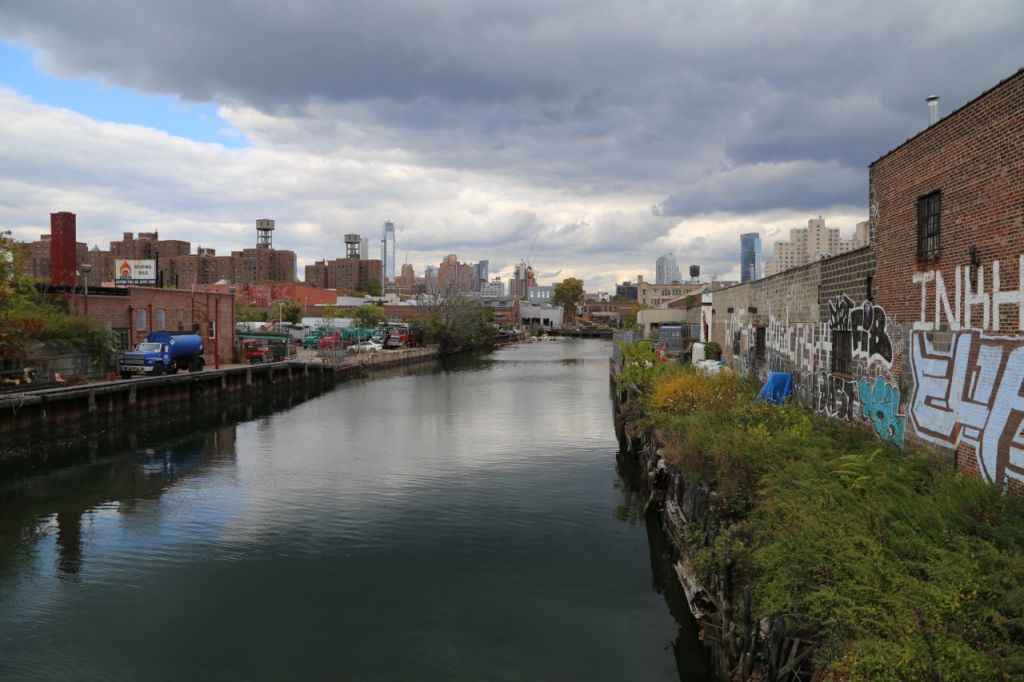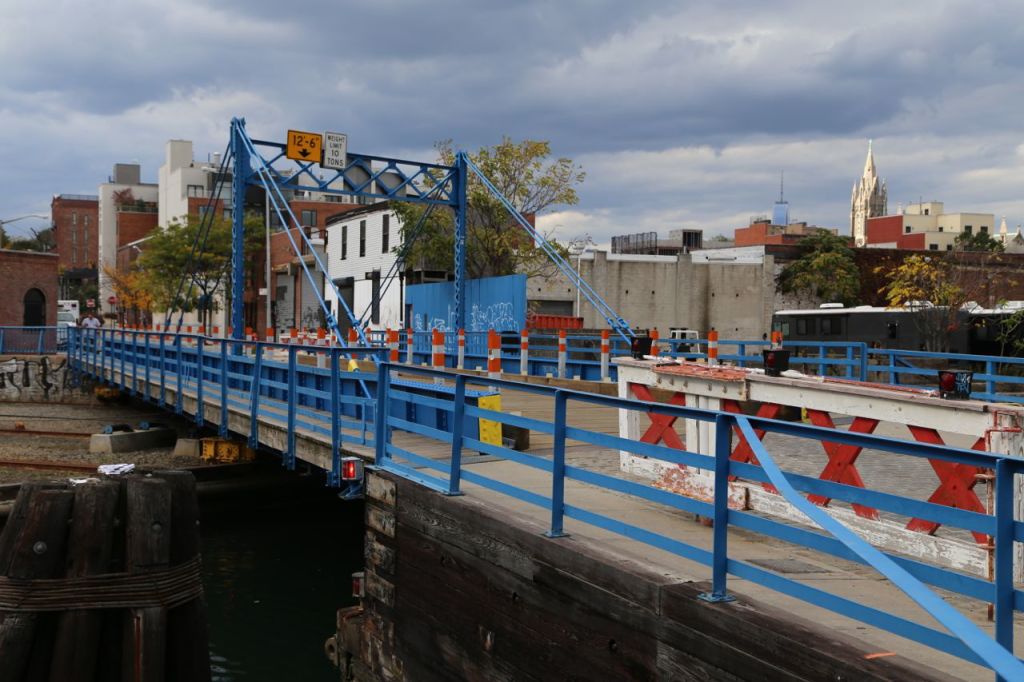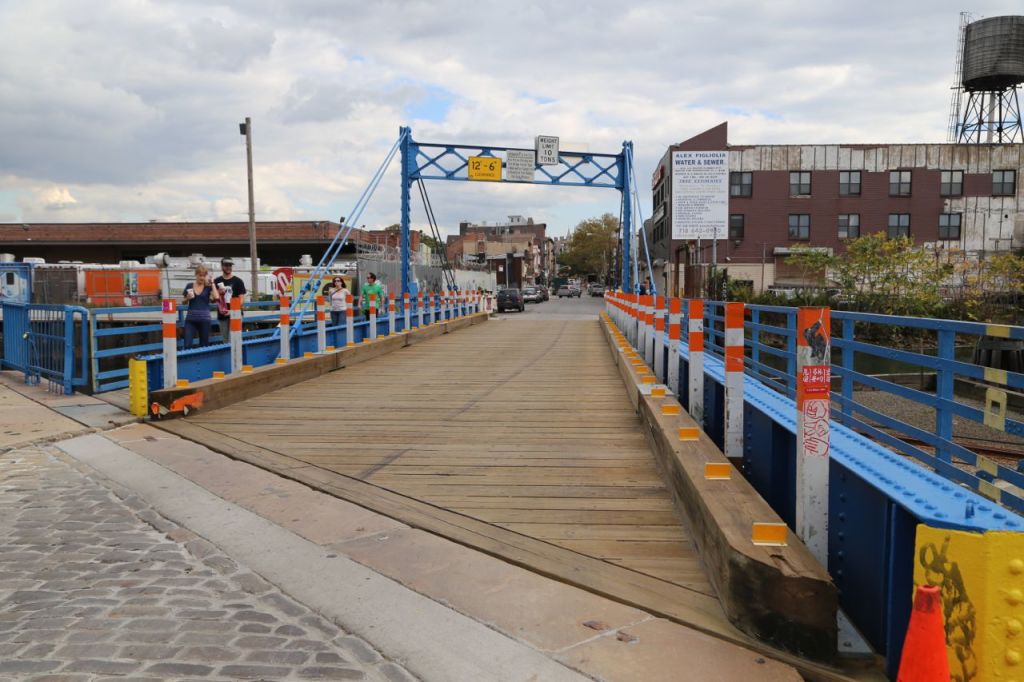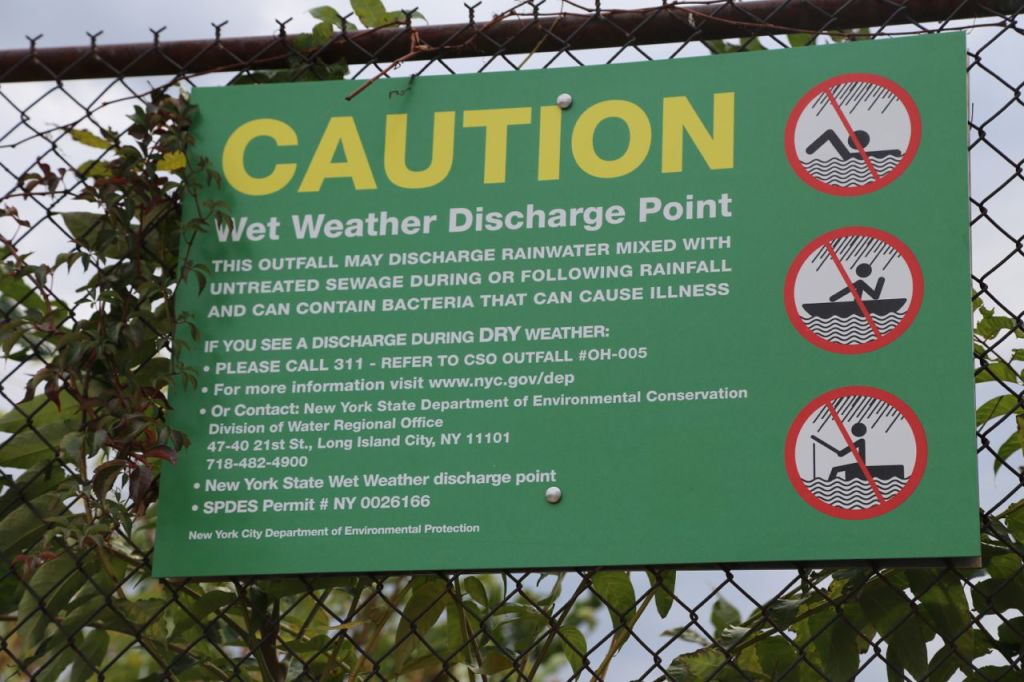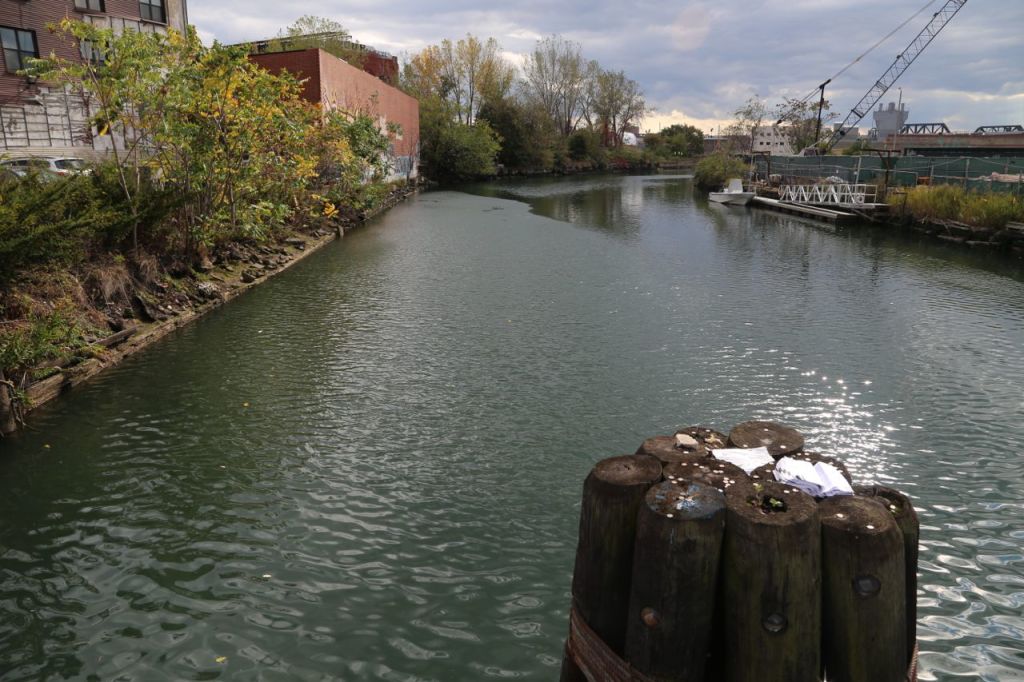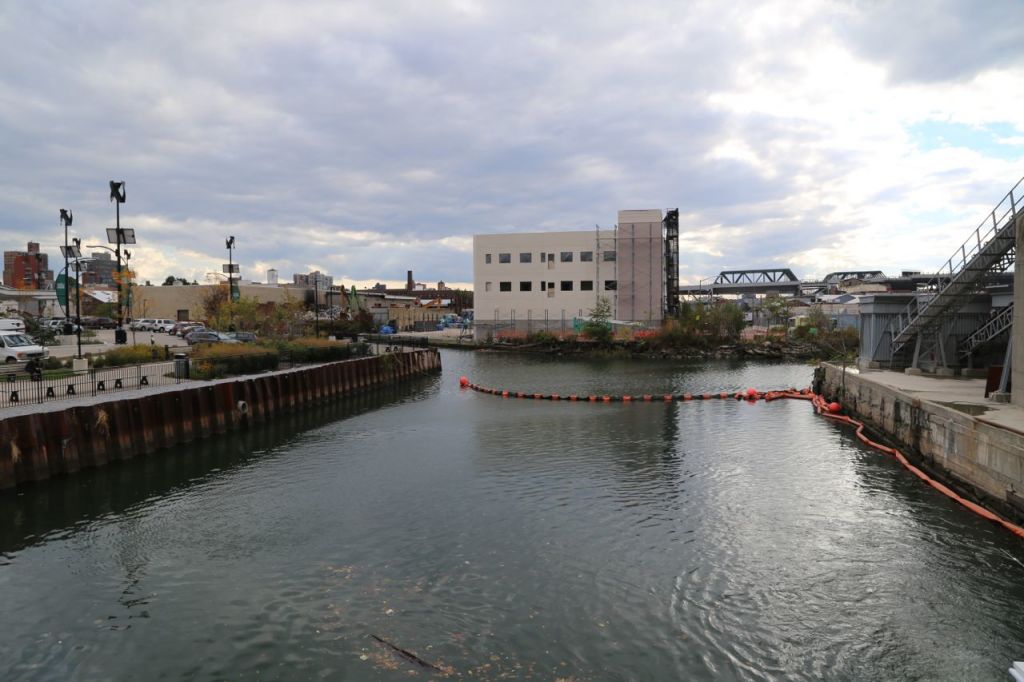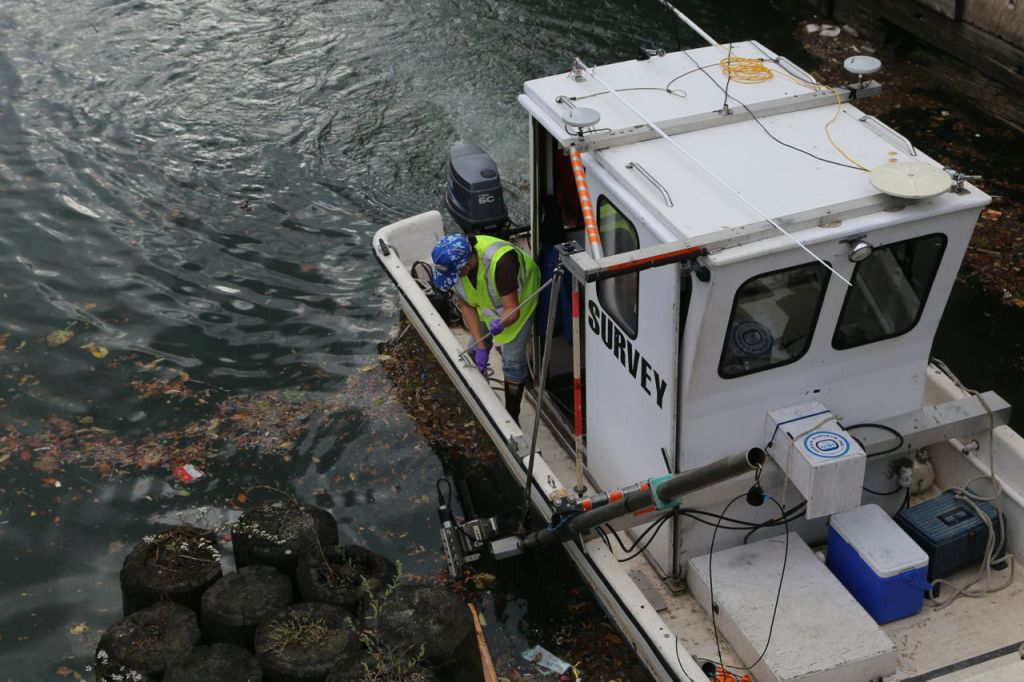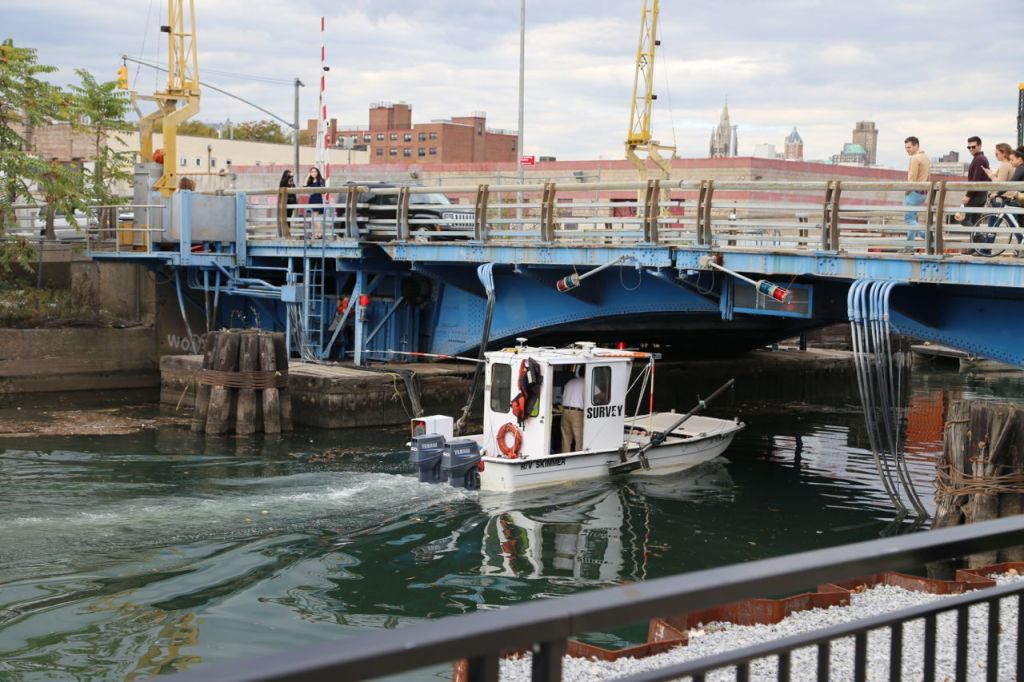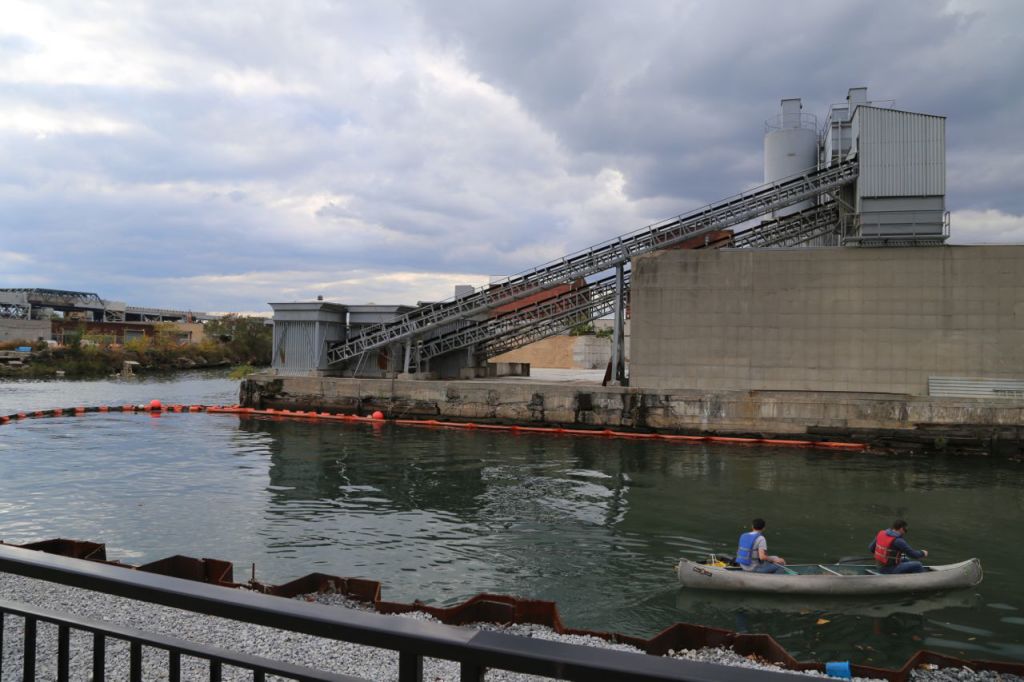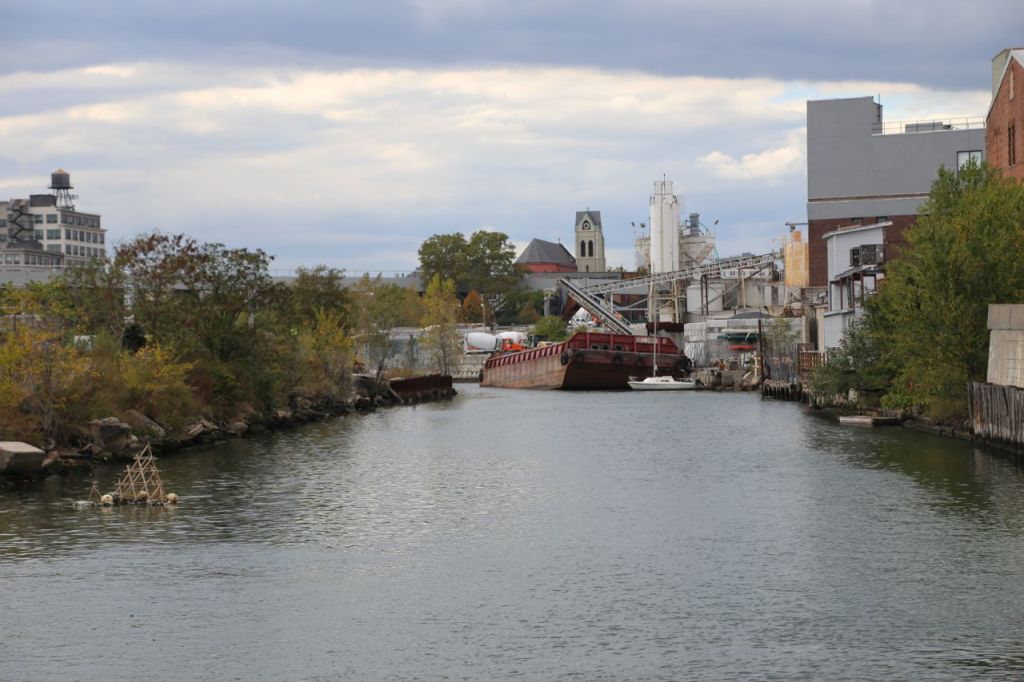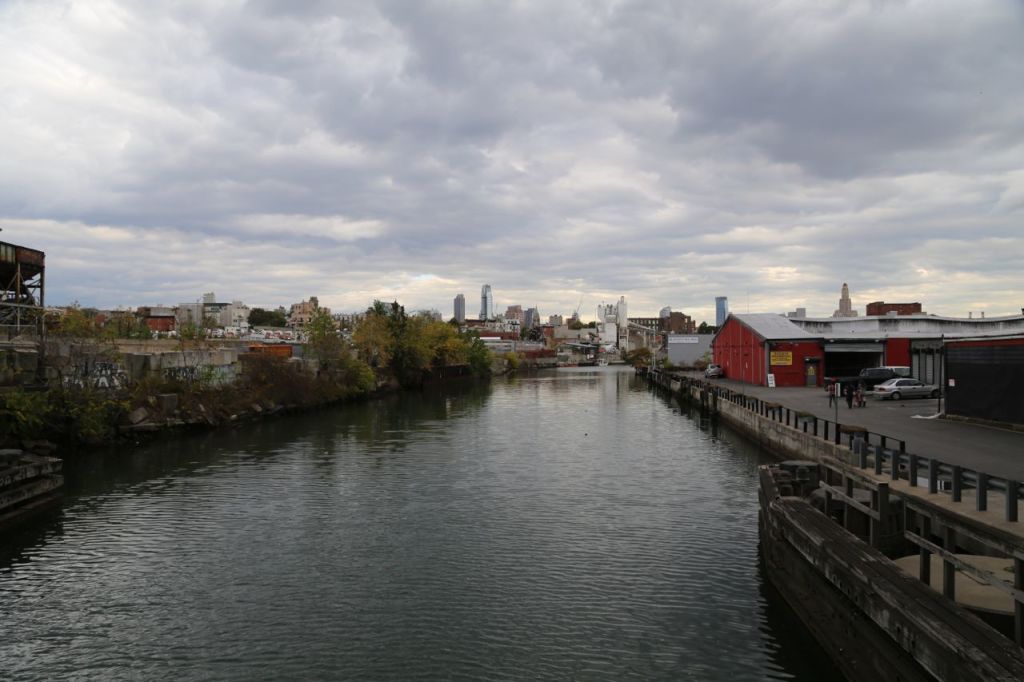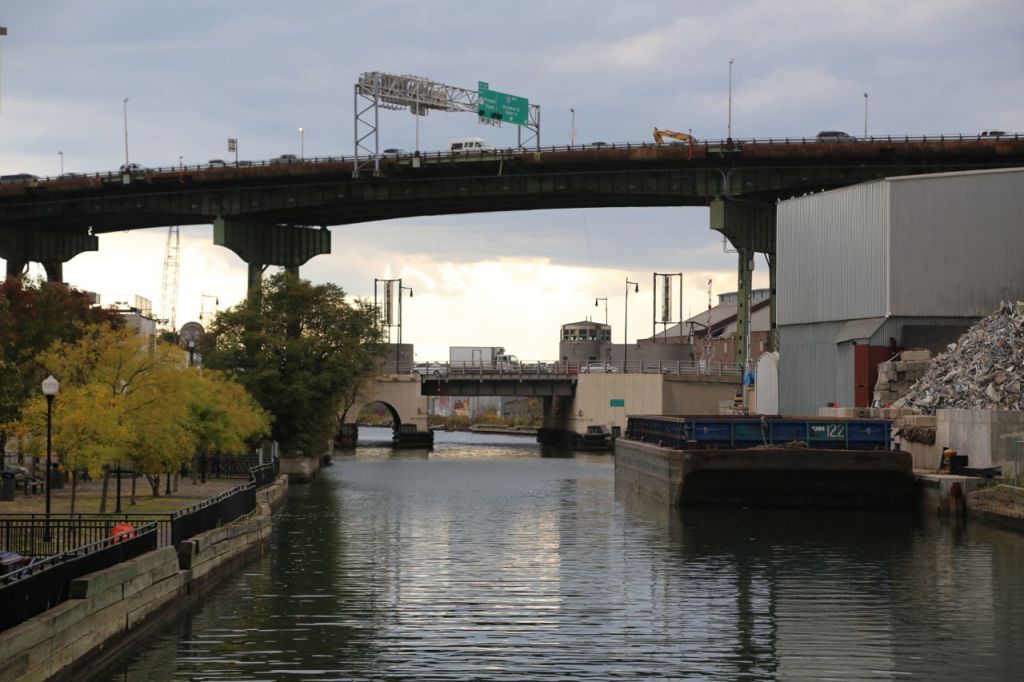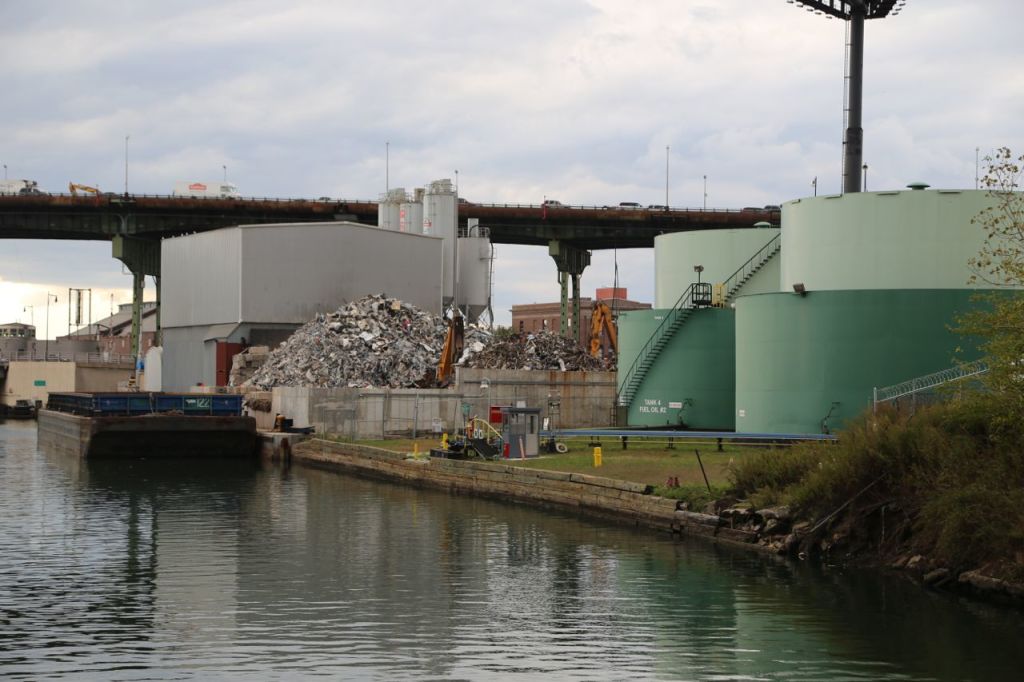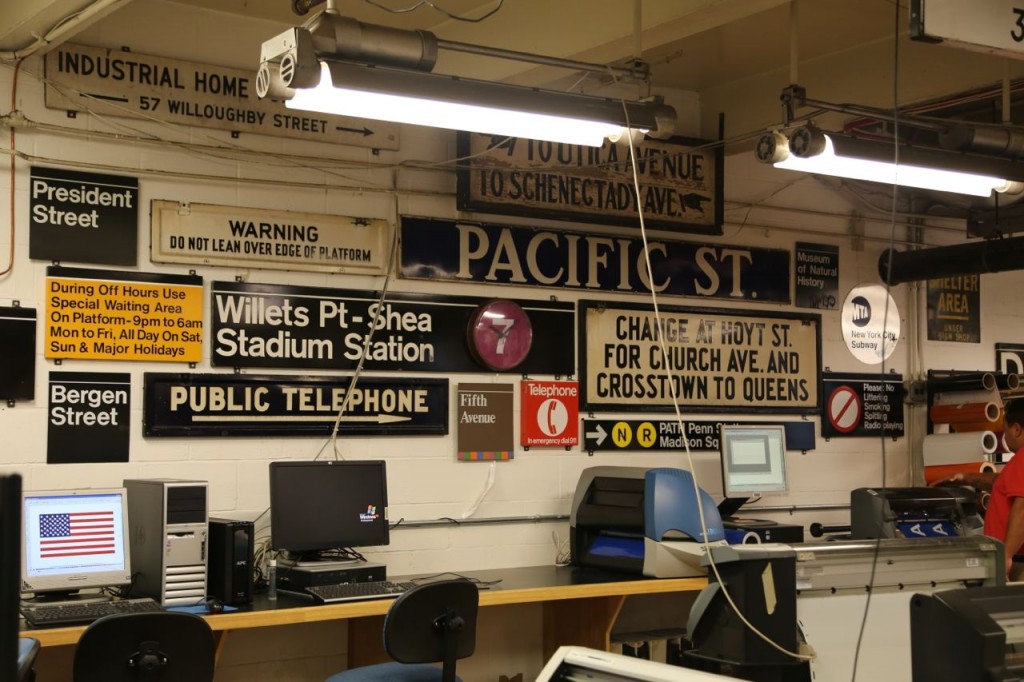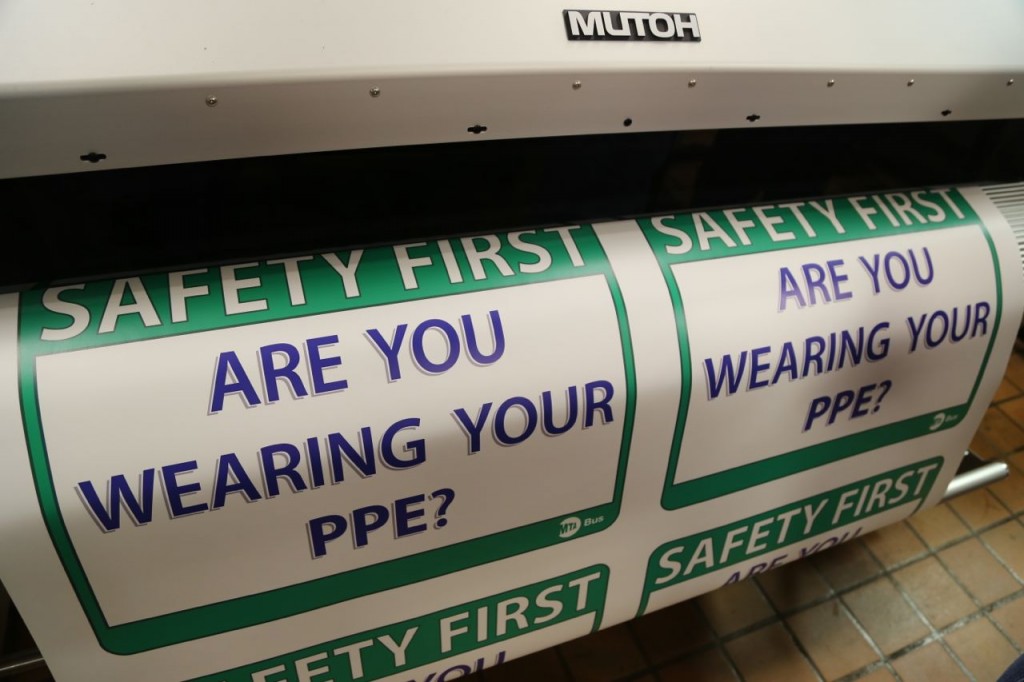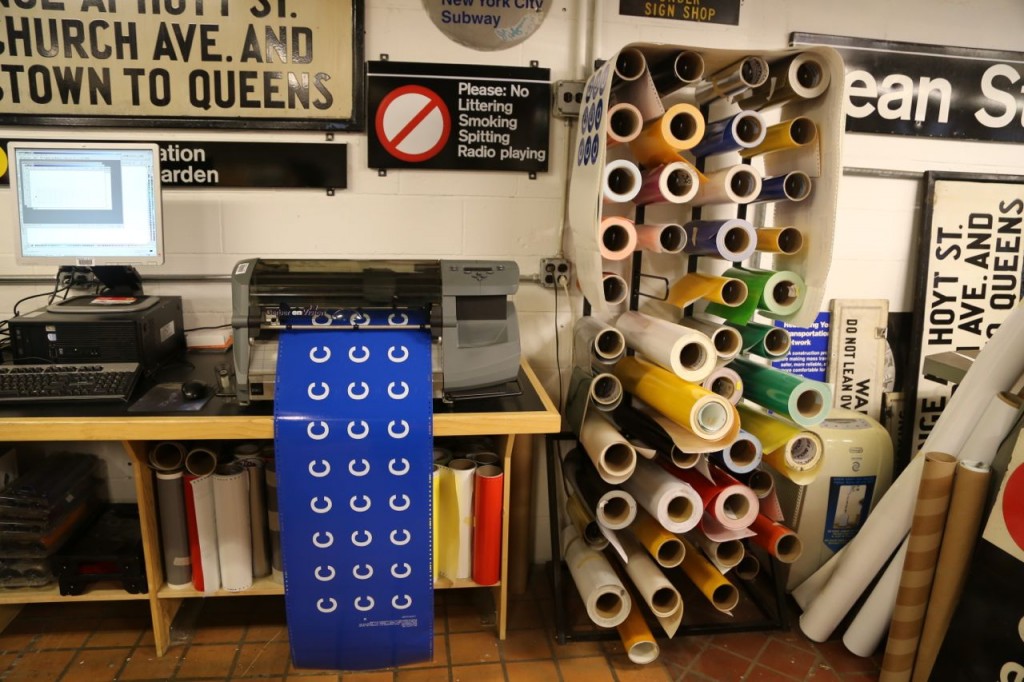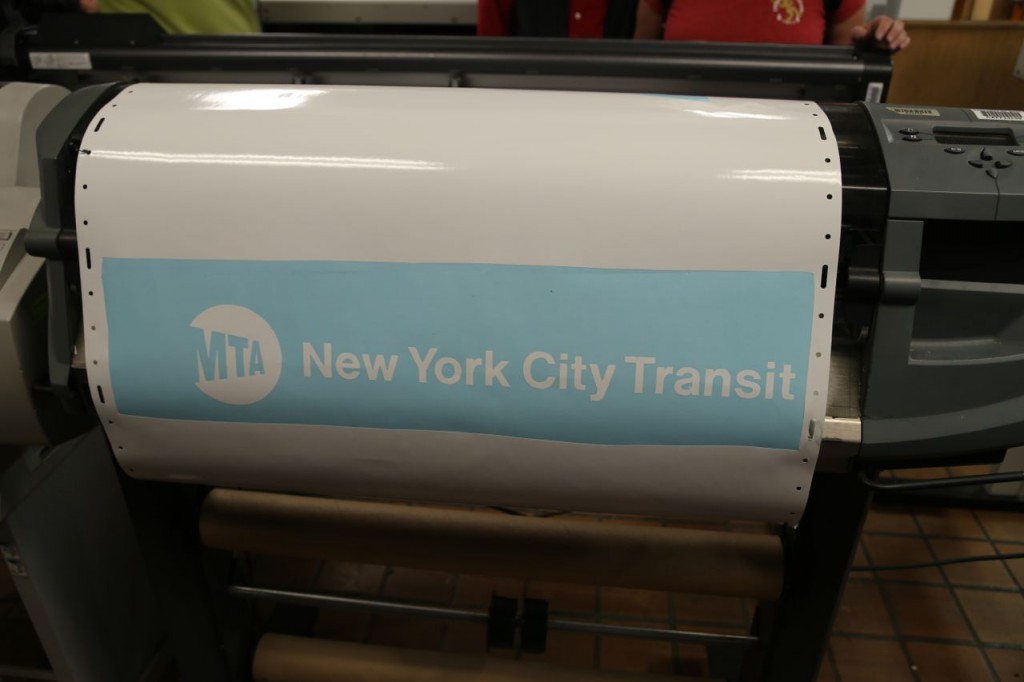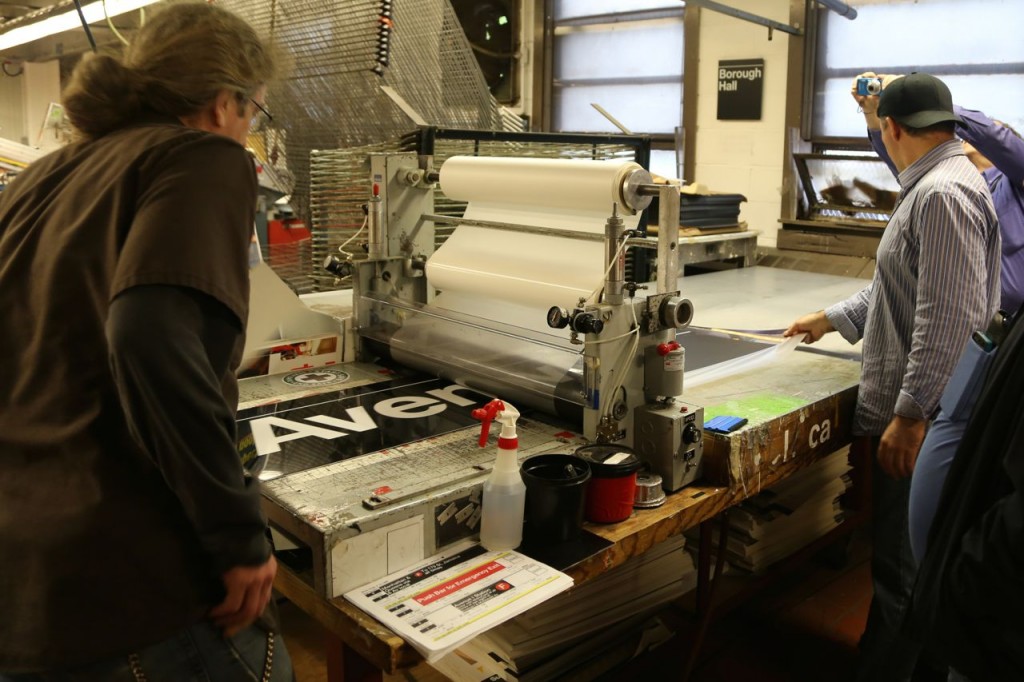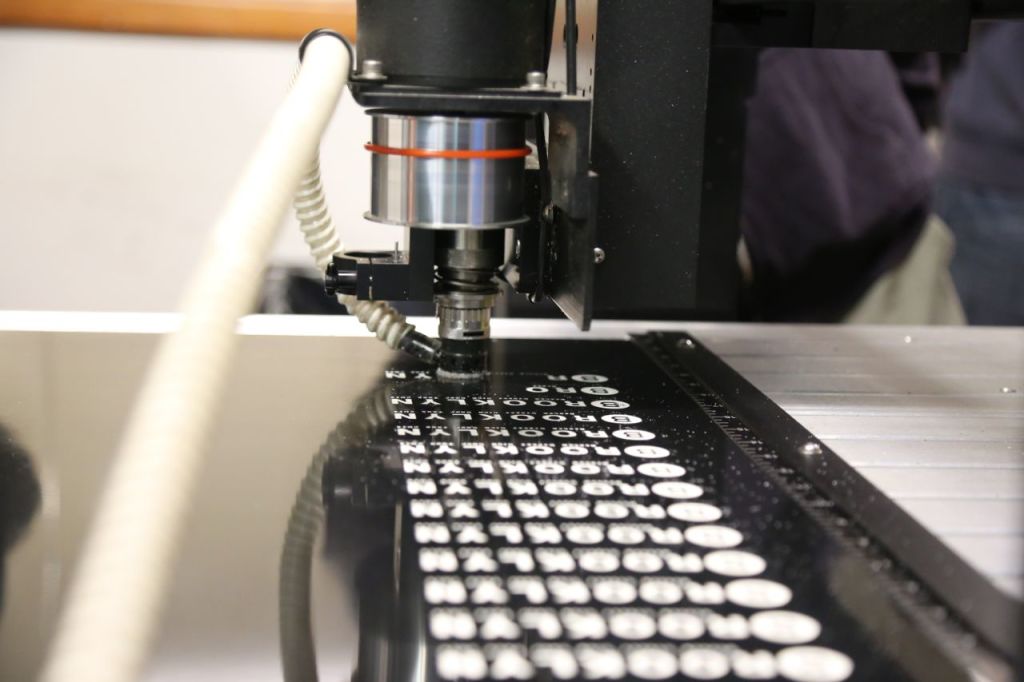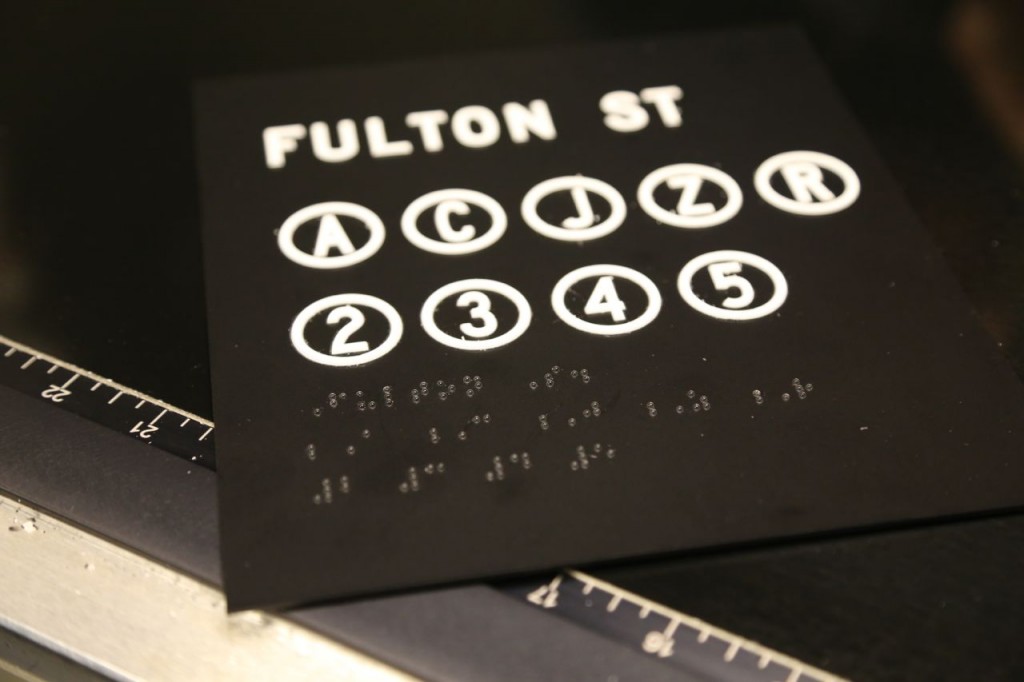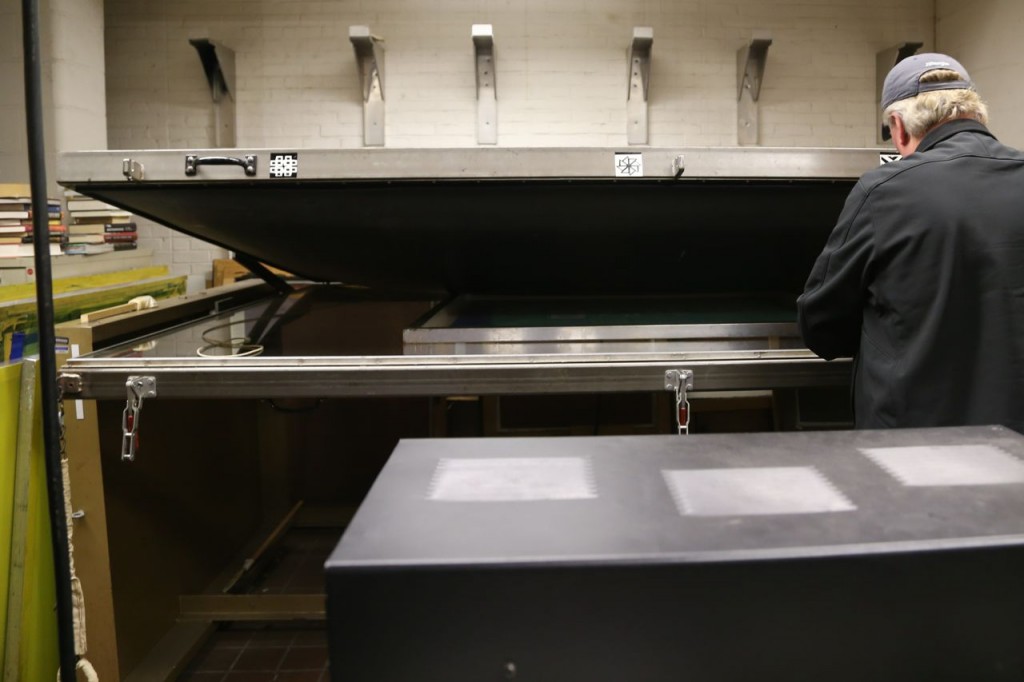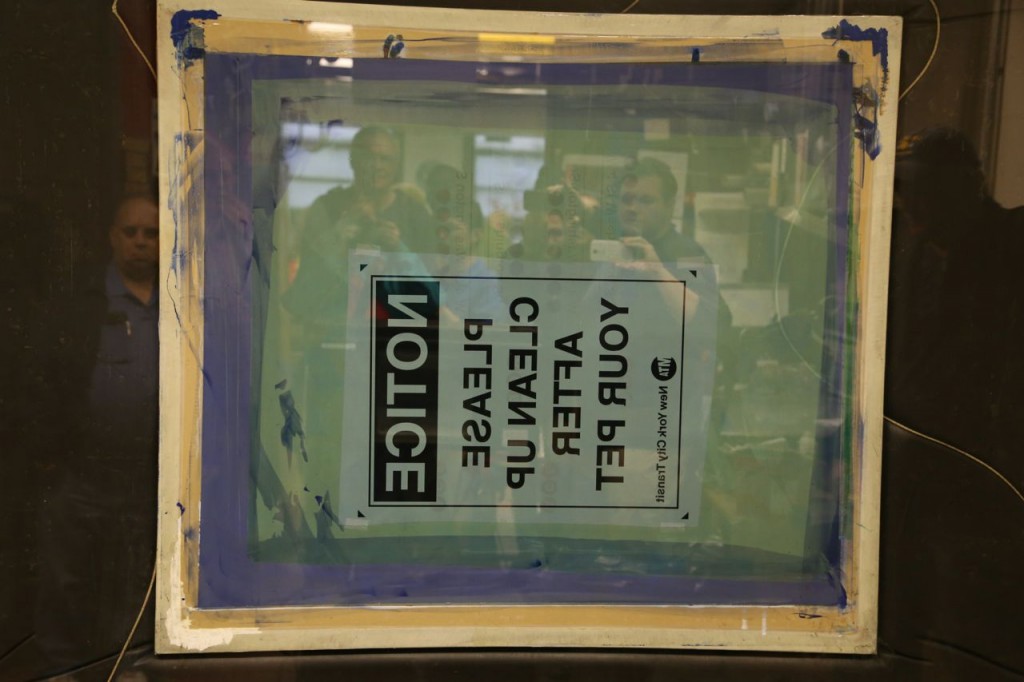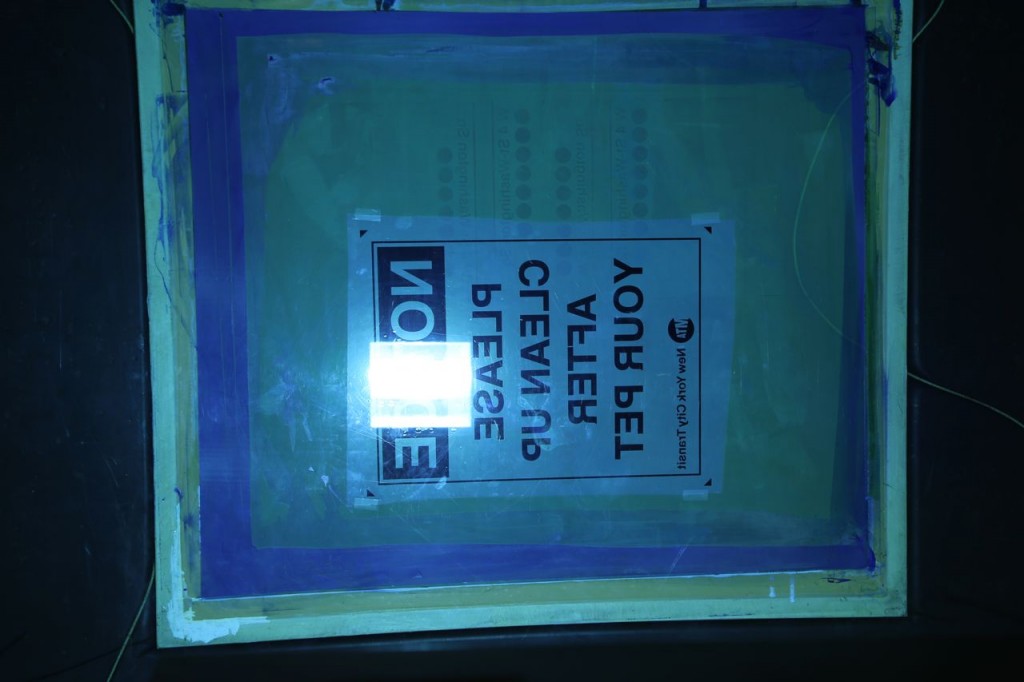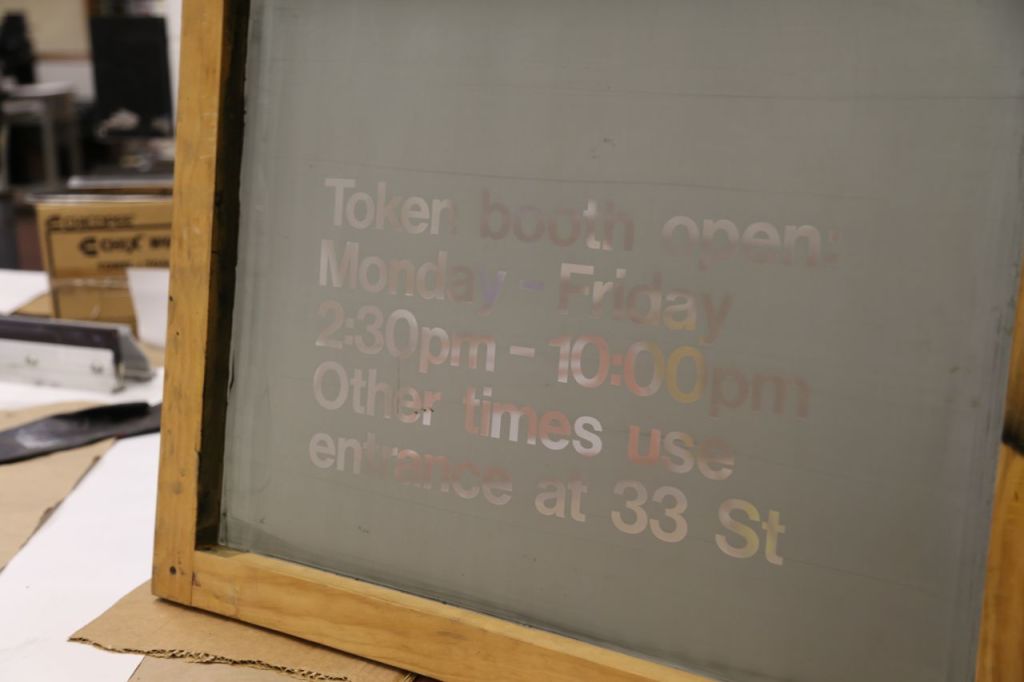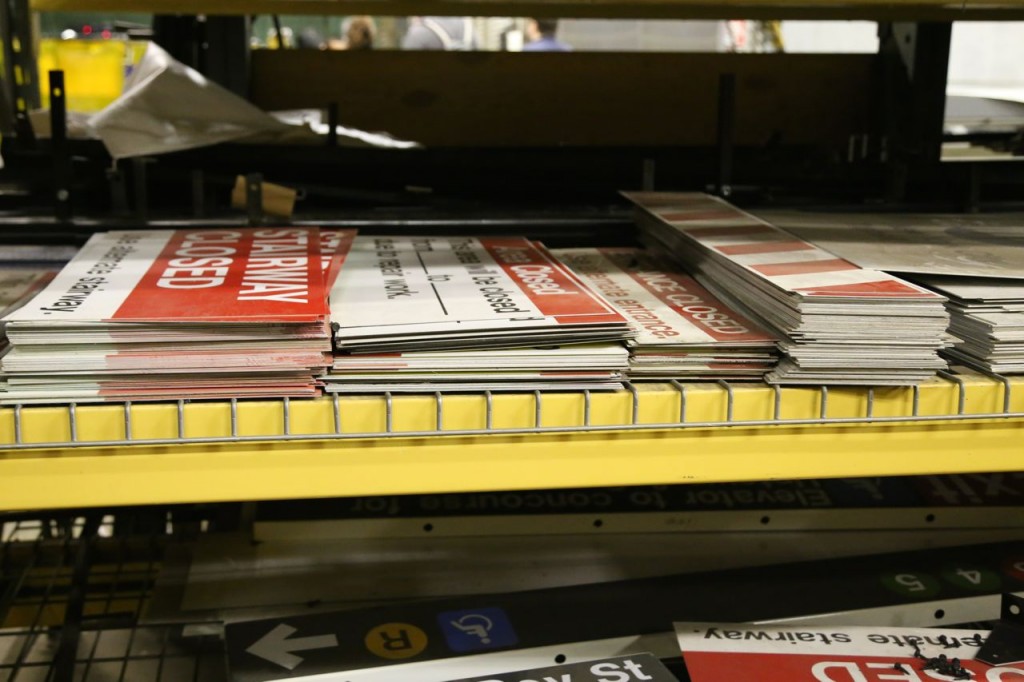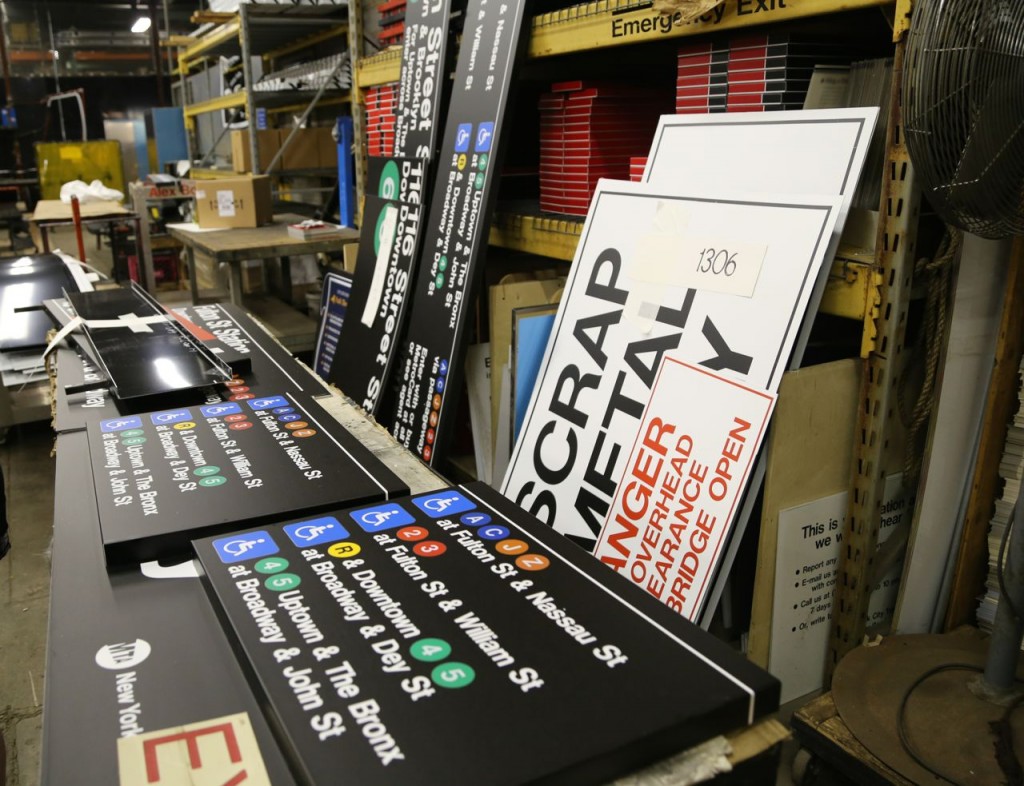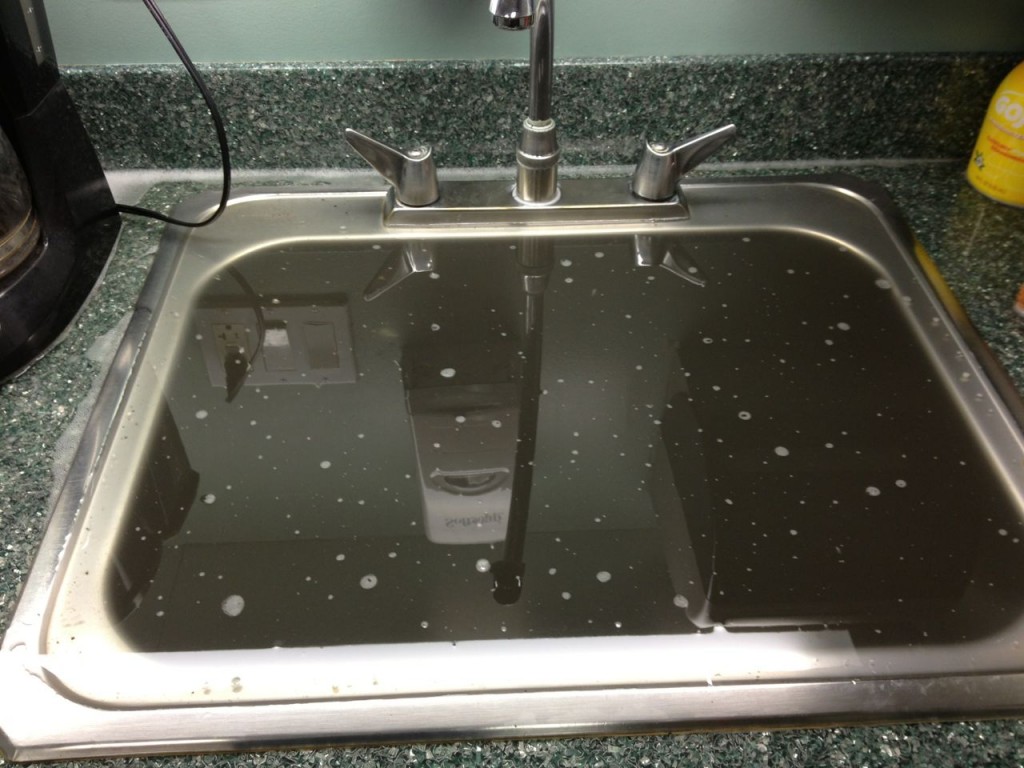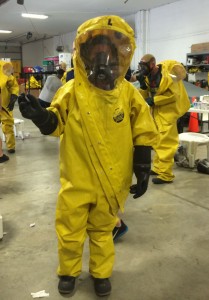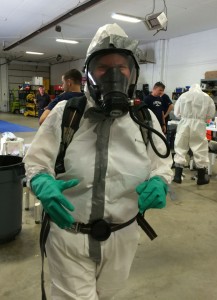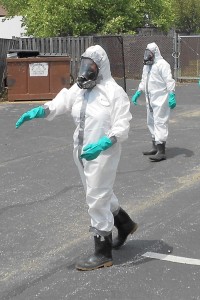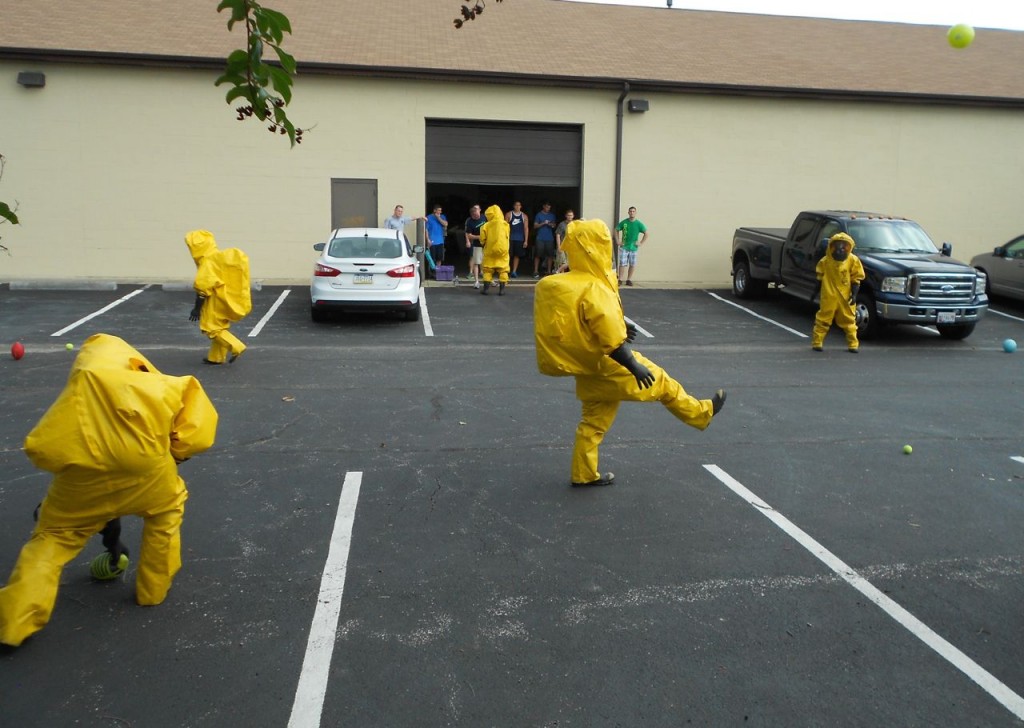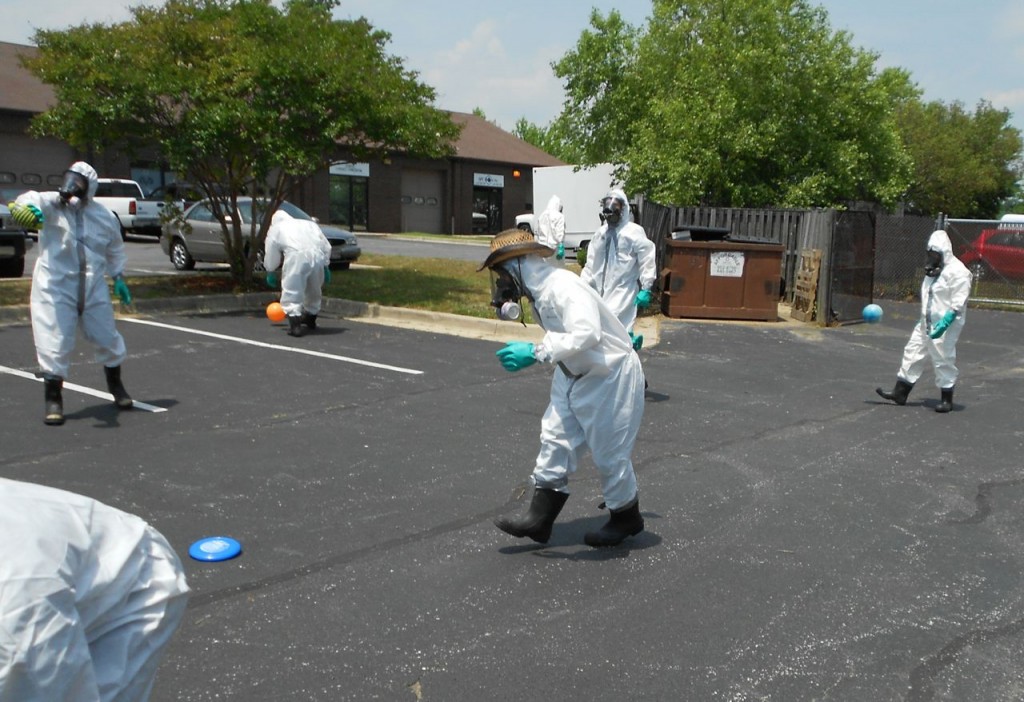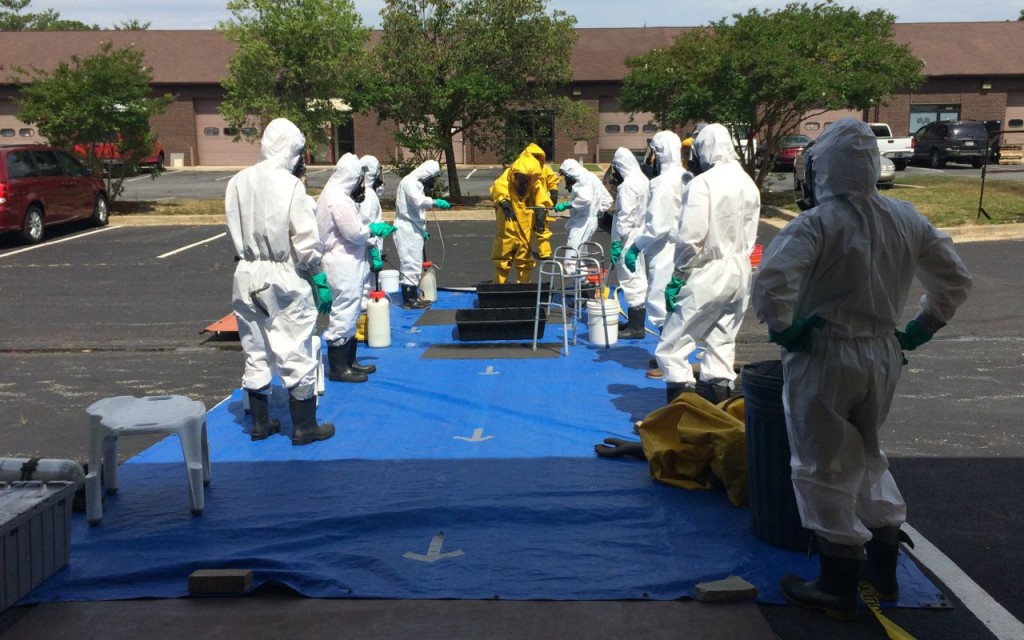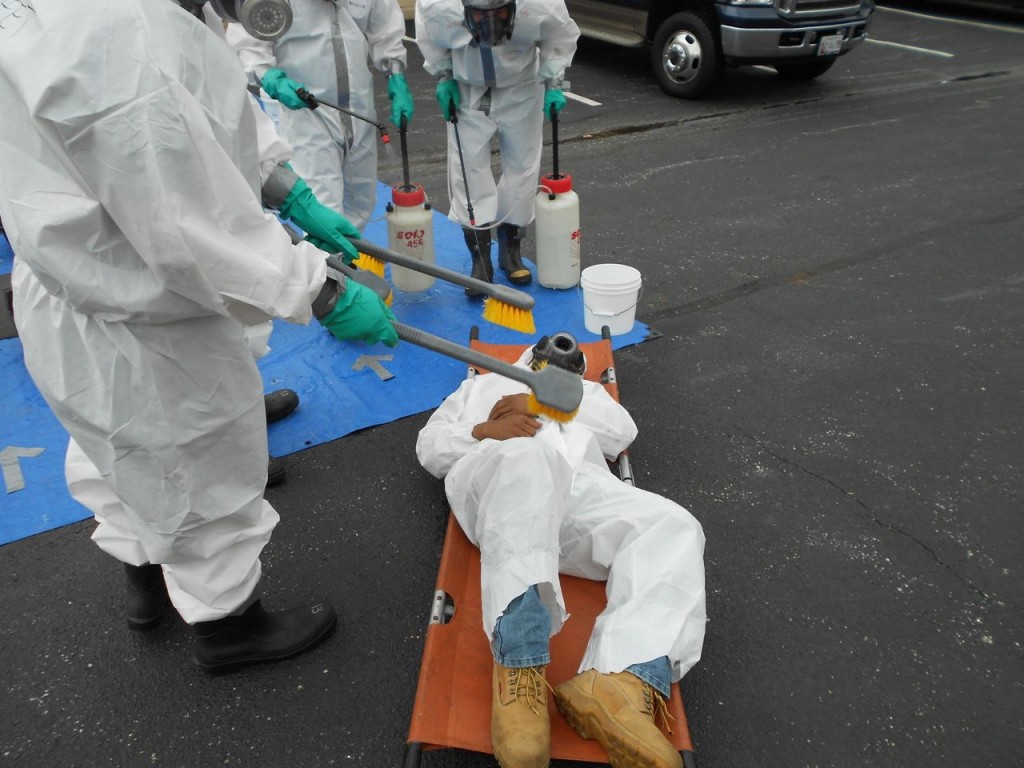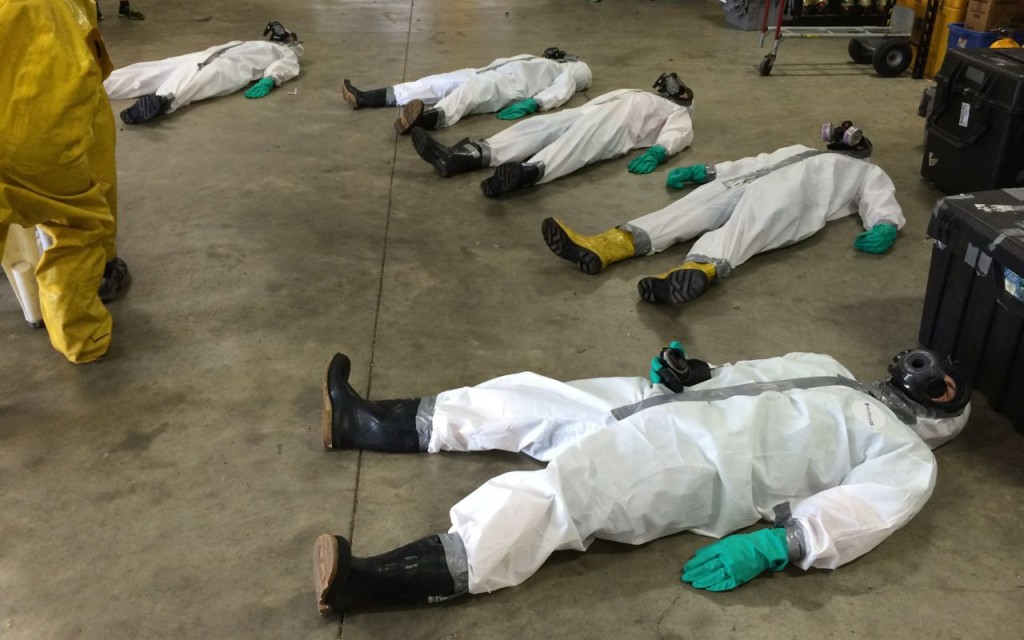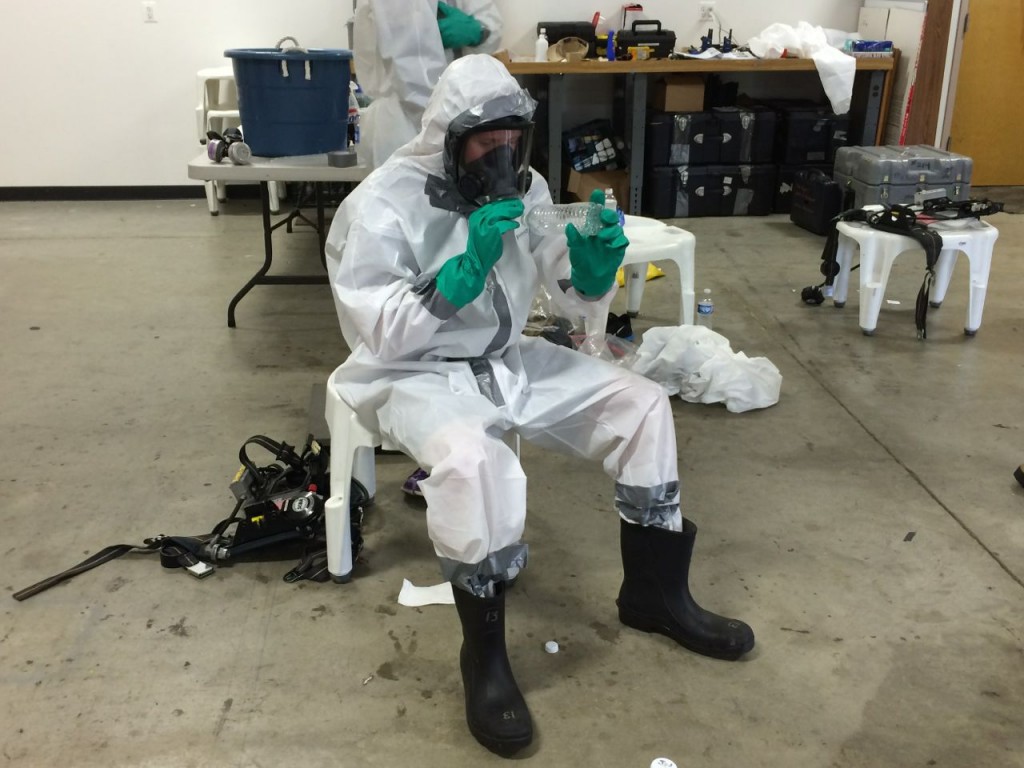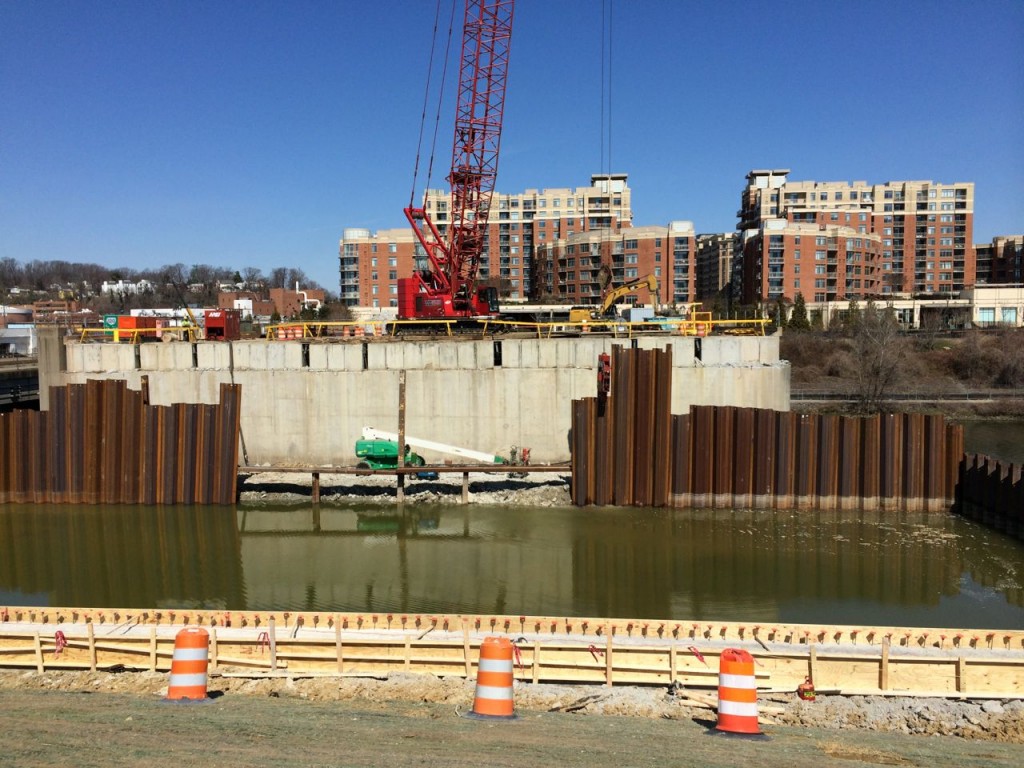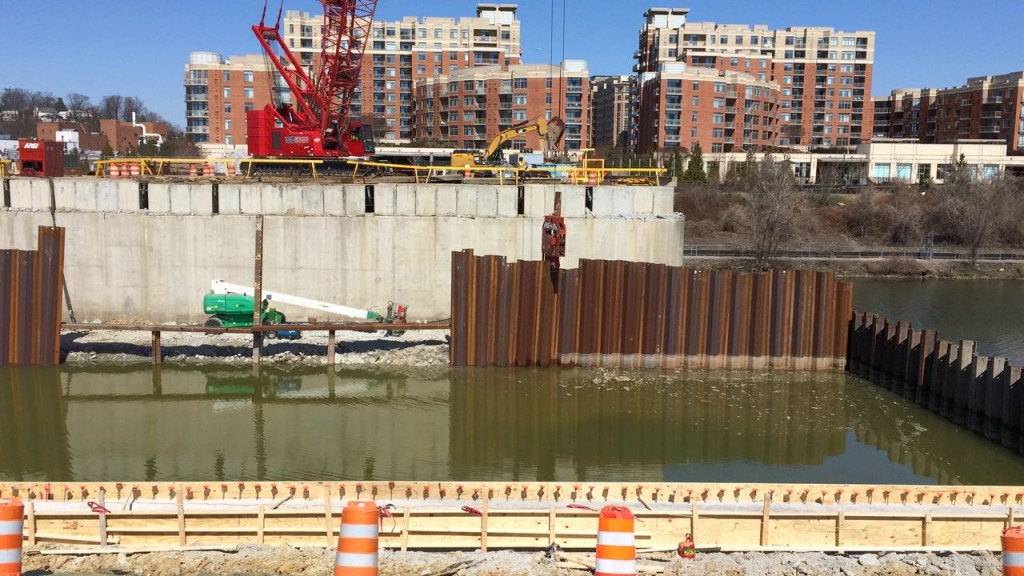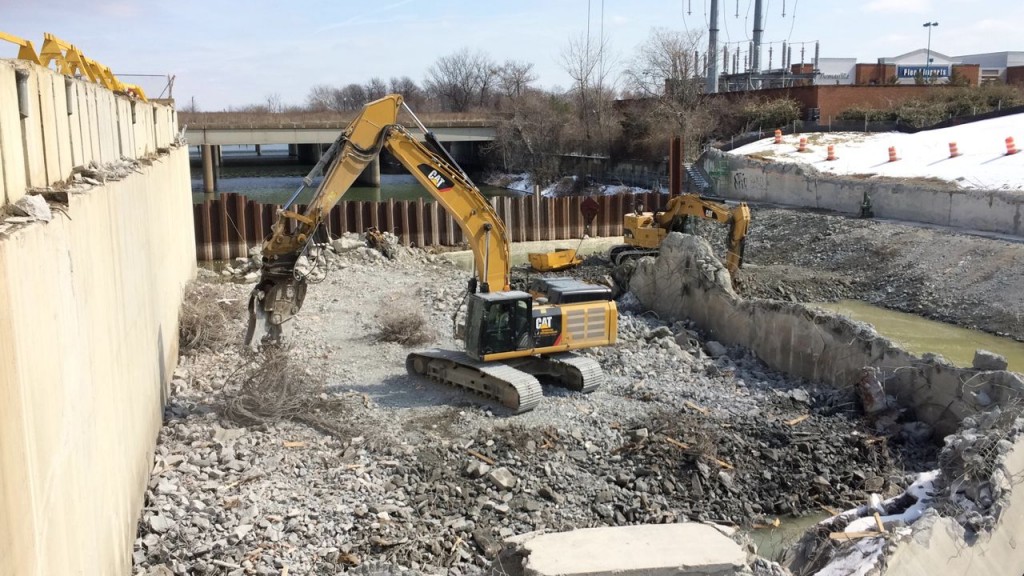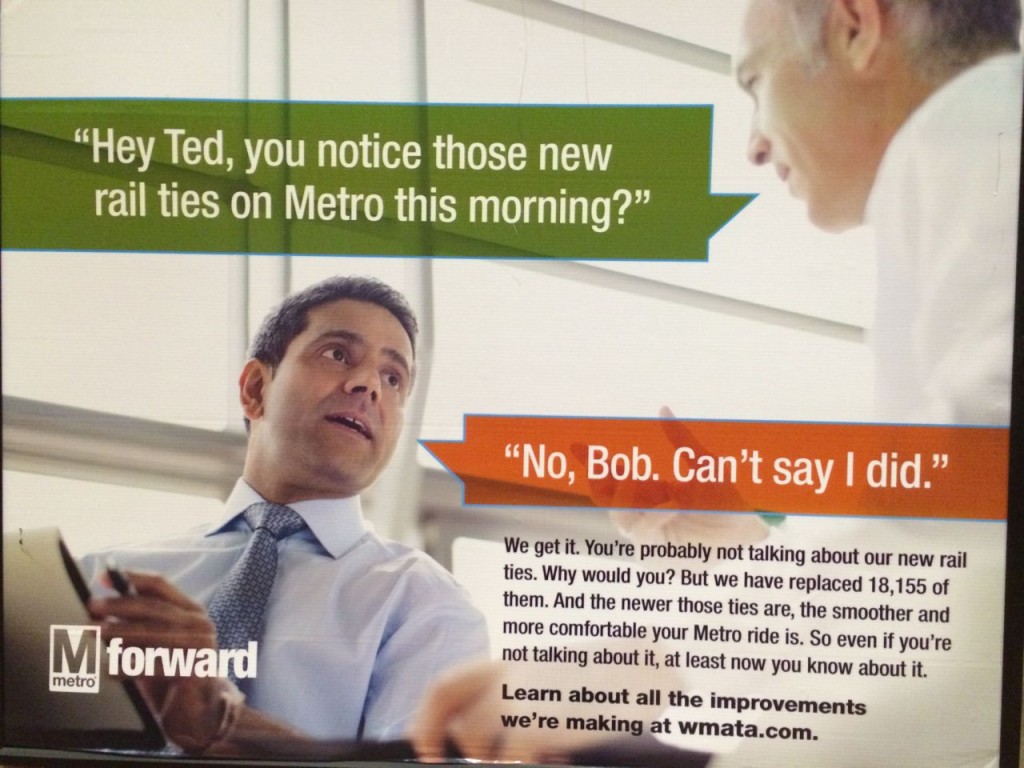I once hypothesized that male heterosexual scientists and engineers single-handily keep the Hawaiian shirt industry in business. Don’t ask me why, but as a group, they love those shirts. I make jokes about their lack of fashion and just plain dressing ability. I tease because I love. I love their individualism, and I love how they don’t know or care about fashion. I may be a female heterosexual scientist and engineer, but I am one of them when it comes to dress. The last time I remember being fashionable was when I was in fifth grade. I don’t understand or like many fashions. I have my own style, and I like to look nice, but I consider my ability to wear jeans to work and not even own a suit, a serious perk of my career (and employer).
And then there is this.
No no women are toooootally welcome in our community, just ask the dude in this shirt. https://t.co/r88QRzsqAm pic.twitter.com/XmhHKrNaq5
— Rose Eveleth (@roseveleth) November 12, 2014
This is Rosetta Project Scientist Matt Taylor of the European Space Agency (ESA) in a shirt covered in scantily clad women in in sexually suggestive poses. That is the shirt he chose to wear on a day when ESA did the amazing feat of landing a probe on a comet. This is the shirt he chose to wear on a day when he would be interviewed by the media and featured on live webcasts of the events. Not only did he not see a problem with this shirt, but evidently no one else at ESA did either. This. Is. Not. Acceptable. This is not appropriate. This is offensive. This shirt should not exist period, but it most certainly should not exist in the workplace. This is not about how ugly the shirt is. This is not about how unprofessional a shirt like that is. This is not about Dr. Taylor being an individual and expressing his style. This is about a shirt that objectifies women. This is about a shirt that is sexual harassment without Dr. Taylor even opening his mouth or making any type of gesture or doing absolutely anything other than wearing it. This is about a complete and utter lack of respect of women on the part of Dr. Taylor and evidently everybody at ESA who works with him and would have been in a position to say something. This about no one over there seeming to care about whether or not women feel comfortable working there when someone can wear a shirt like that. This about telling women it doesn’t matter your intelligence, skills, education, or ideas, you are but sex objects. The STEM fields continue to have a problem with sexism and gender inequality. My alma mater, a technical college, still only has about a 25% female student body. Wearing shirts like that to workplace will not help. It will not tell women that they are welcome. I quite frankly don’t care if Dr. Taylor is actually a really nice guy who is actually very supportive of women in STEM. His shirt says otherwise. He and ESA owe all of us an apology. That shirt overshadowed what should have been the main headline that ESA did the absolutely spectacular task of landing a probe on a comet. That shirt and the attitude it expressed ruined it for me in fact.
Finally, I would like to give mad props to Dr. Paul Coxon for his absolutely awesome idea, that if you want to wear a shirt with women on it, wear one with these women on it.
Awesome idea! RT @paulcoxon: @edyong209 @MCeeP @Mammals_Suck I’d wear a shirt with *these* women on: pic.twitter.com/egyu55QzpS
— Geeky Girl Engineer (@gkygirlengineer) November 12, 2014
These would be some of the women of the Indian Space Research Organisation (ISRO) celebrating after ISRO’s Mars Orbiter Spacecraft successfully entered the Mars orbit. And they are awesome.

